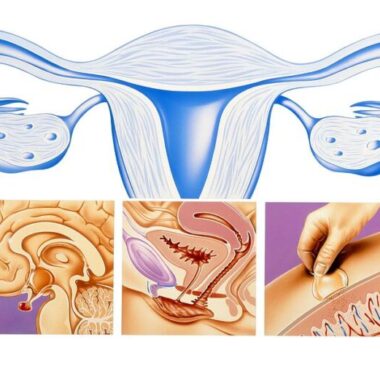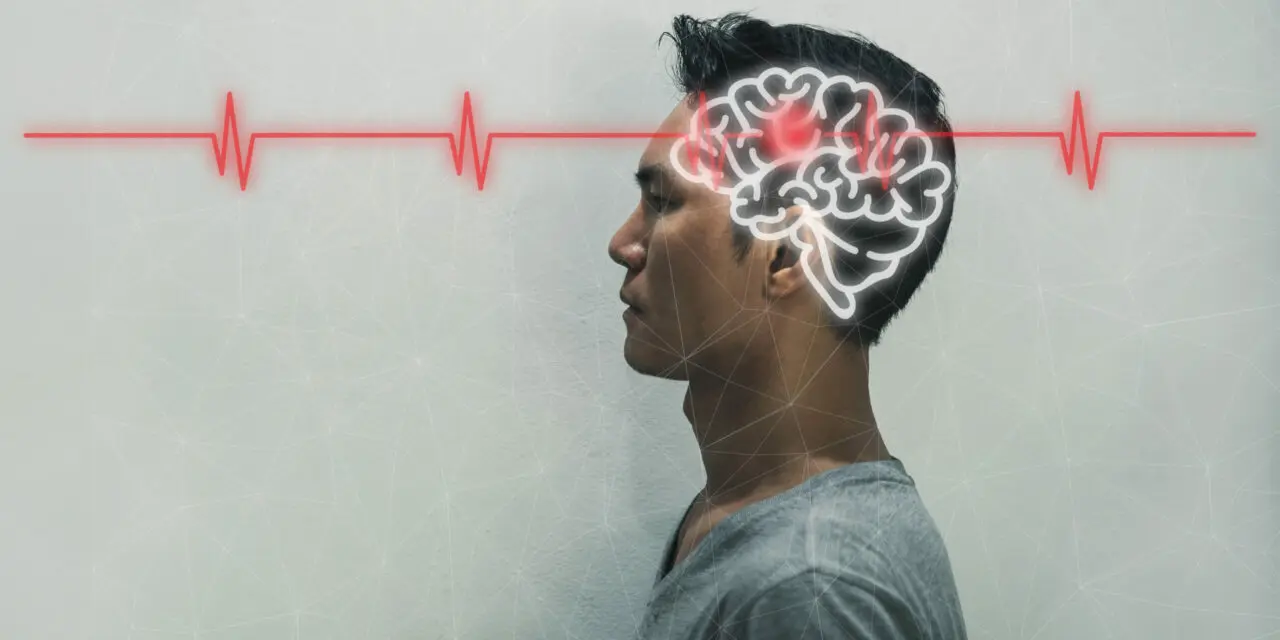Gamma Waves, Meditation and PEMFs
Meditation is a wide range of practices designed to promote stress relief and relaxation. For many, it’s also a tool used to help them reach more lofty goals. This includes a sense of enlightenment and overall well-being.
Many forms of meditation have been studied extensively. Some of the established benefits include decreased anxiety, better emotional health, reduced stress, better focus, longer attention span, reduced memory loss related to aging, pain management, better quality sleep, enhanced creativity and improved neuroplasticity. And that’s just a few of them.
Meditation practice uses a set of complex strategies to focus attention, promote emotional balance, and nurture wellbeing. There are two main types, focused attention (F.A.) and open monitoring (O.M.). Focused attention (F.A.) meditation involves focusing on one thing to the exclusion of all others. This could be a mantra, a sound, an object, sensations in a specific body part, or a visualization. Open monitoring (O.M.) meditation tracks an emotional/mental experience without reacting to it. This is designed to help identify patterns in emotions and thoughts.
These two types of meditation are opposites. One is designed to block out all but one specific item, while the other is designed to notice everything but not dwell on anything. Both take time and practice to master, and initially to get into an O.M. state, one may use an F.A. approach to clear the mind and decrease distractions. The ultimate goal, however, is to simply be attentive, in the moment, to whatever is happening.
Often, the two main types of medication are combined, and most meditation systems include variations on these methods. Meditation is a form of mental training that allows one to become familiar with one’s own mental state, which can induce positive change.
GAMMA WAVES AND MEDITATION
The specific patterns of electrical activity in the brain that occur at frequencies between 30-100 Hz are called gamma waves. Research has shown that gamma activity has an impact on many areas of brain functioning, particularly relating to consciousness and responding to stimuli. Optimal gamma activity leads to better focus and attention; improved cognition, sensory processing, information processing and learning; and better deep sleep.
When gamma activity is too much or too little, problems can occur. ADHD, depression and learning disabilities can result from too little gamma activity, while too much can lead to anxiety, stress, and over arousal.
Higher frequency gamma activation has been associated with various types of longer-term meditation practices. The type of meditation impacts the area of the brain that develops increased gamma activity. For instance, mindfulness meditation (a form of O.M.) has shown increased gamma over the back of the brain (occipital area), while open-monitoring Vipassana meditation, which focuses on sound, has shown increased gamma over more of the side and back of the brain (parieto-occipital areas).
Regular meditative practice can result in long-term EEG changes during the waking state that are similar to those seen in an active meditative state (during practice), so it can be difficult for researchers to differentiate the brain effects of meditation. Sleep, however, offers a unique opportunity to explore changes in longer-lasting brain function related to meditation. High-density EEG sleep recordings from both long-term meditators (LTMs) who had about 8700 mean hours of lifetime practice, and non-meditators, showed that the LTMs had increased parietal-occipital gamma during non-dream sleep which correlated with the length of lifetime daily meditation practice. Results also indicated measurable changes in spontaneous background brain activity produced by meditation practice, suggesting that there are long term effects of meditation training on brain function.
Research also showed that the gamma activity induced by long term Buddhist practitioners during meditation differs from those of controls, especially over the front and side parts of the brain (lateral frontoparietal area). The ratio of gamma wave activity (25-42 Hz) to slow wave activity (4-13 Hz) was also higher in resting baseline before active meditation in practitioners than in controls over mid frontoparietal areas. These results tell us that meditation can induce both short-term and long-term brain changes that can lead to all the positive benefits of meditation.
More research on gamma waves and meditation is certainly necessary, especially around specific types of meditation. But there is enough evidence to indicate that almost any kind of ongoing meditation can move enhanced gamma activity from a temporary “state” condition to a long-lasting “trait” condition that can be present even while not meditating.
PEMF STIMULATION AND MEDITATION
PEMF stimulation may be used to improve meditative practice by enhancing gamma activity – and while doing so, can also provide all the other benefits of gamma activity in the brain. The more higher gamma activity in the background in a brain the better entrainment can be – synchronizing the natural brainwave patterns in the brain. Gamma entrainment is powerful in encouraging neuroplasticity.
Those less experienced in meditation may require PEMF stimulation in alpha or theta frequencies to settle the brain during a meditation session before using gamma stimulation. This shift to using gamma stimulation could occur after only a single meditative session, or may need to be done over several sessions, until a “state recognition” pattern is learned and able to be entered easily and quickly..
Most of the gamma changes observed with meditation are in the parietal areas of the brain, though some are also seen in the frontal and/or occipital areas. Practically speaking, that means that different coil placements to stimulate gamma activity with PEMFs may produce the best results.
FLEXPULSE DEVICE FOR MEDITATION
There have been many stimuli used for entrainment, most commonly audiovisual, pulsing lights, sound, and transcranial electrical stimulation. PEMFs have many advantages over some of these other forms of stimulation. These PEMFs are extremely safe, can target specific areas of the brain, and penetrate the entire brain.
PEMFs can also offer secondary benefits such as reducing inflammation, increasing ATP, reducing Alzheimer’s plaque development, increasing circulation, and stimulating both neurotransmitters and neural stem cells. This adds great value to the use of PEMF therapy for entrainment.
PEMFs pass through the brain entirely, a major difference from other approaches. Other entrainment approaches are absorbed by the brain, which can produce harmful heating effects. They also produce indirect effects through interactions with the nervous system, probably accounting for a large part of their actions. PEMFs, on the other hand, can be more directly controlled and targeted to act on the brain (although this will also produce secondary benefits in the body).
A FLEXIBLE DEVICE FOR PEMF THERAPY AND ENTRAINMENT
The FlexPulse G2 offers a range of programs that offers stimulation at a wide range of frequencies, allowing for broad use of the device for brain stimulation. Neural stimulation is a major benefit and emphasis of the FlexPulse preset programs. These PEMF frequencies also additionally provide the full range of benefits that any PEMF machine provides, including healing of tissues, pain management, and general health maintenance.
The range of programs offered in the FlexPulse device allows users to choose the frequency most appropriate for their meditative practice, depending on their level of experience with meditation. These include programs with 3, 7.8, 40 or 50 Hz.
FlexPulse systems have been developed based on more than 3 decades of research and thousands of studies. The FlexPulse PEMF device is portable and battery-operated, allowing for use wherever your meditative practice takes place. Owning a FlexPulse device makes daily use during meditation cost effective and convenient.
Another benefit of ownership is that the device can be used by the whole family, and for a wide range of conditions in addition to enhancing meditation.
The FlexPulse comes with a 30 -day satisfaction guarantee and a 2-year International warranty, making it a no-risk investment in your health – and peace of mind.









